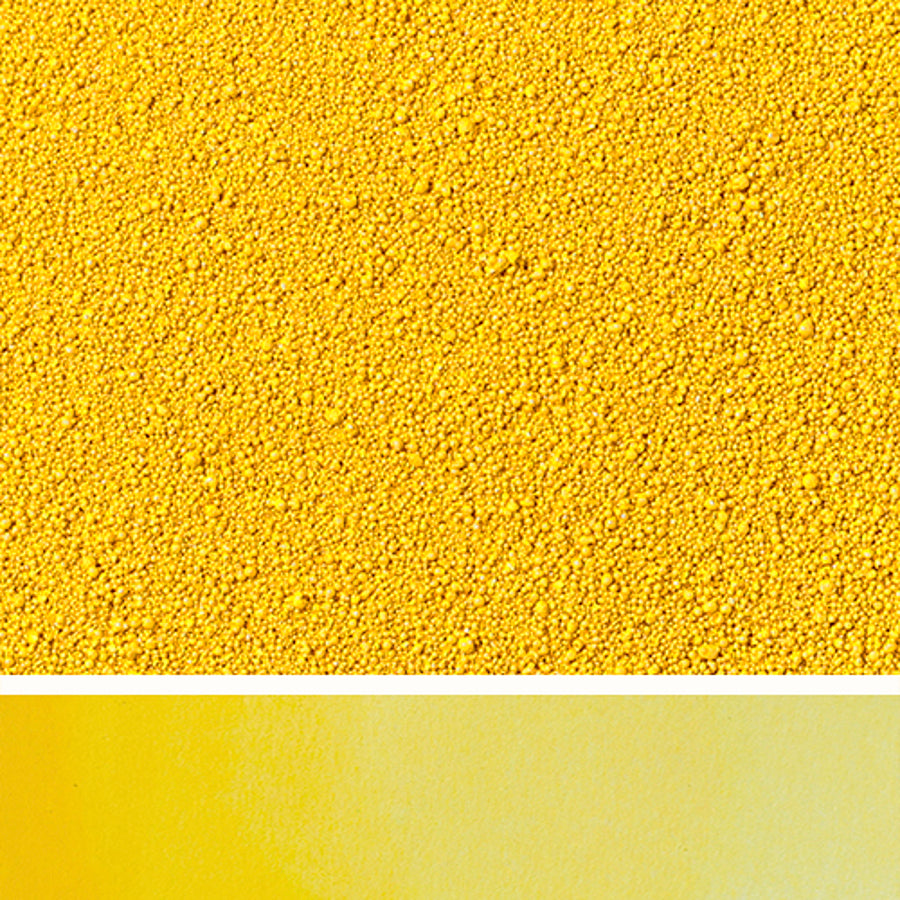Have you ever had a difficult time mixing pigments and binders when making your own paints?
For instance, inorganic pigments like cadmium have a heavy specific gravity, so they are highly blendable with binders. In other words, organic pigments such as lake pigments have a higher surface tension, so it is almost impossible to make well-blended paints without the help of adding Ox Gall or Pigment Dispersant agent.
In this article, I will be introducing the solution to all the above problems, the Easily Dispersible Pigments.
Perhaps some of you are unfamiliar with the term "easy dispersion" or may not know what it means.
According to Astamuse (a platform owned by several Japanese companies, that discloses databases and information on technologies and research activities), “easy dispersion” describes a state of being able to blend the ingredients through relatively light work such as hand mixing without using large equipment for stirring.
Surprisingly, you can find this term or dispersion technology applies to all sorts of daily stuff such as jelly, jam and syrup manufacturing.
It is reasonable for manufacturers who make a large number of paints to use easily dispersible pigments so they could improve productivity, reduce environmental problems and lower industrial waste costs. However, even for us artists, the huge advantage of using these pigments is that we could create paints with organic pigments easily.
Moreover, since regular organic pigments have fine particles and light-specific gravity, they would linger on all over the places like your table or the palette plate even if they have smooth surfaces. It is time-consuming and takes a lot of energy to work with and remove colors from your working space.
However, with these Easily Dispersible Pigments, it can minimize those problems that often happen during paint-making.
In PIGMENT TOKYO, Easily Dispersible Pigments are now available in six beautiful colors.
In terms of the shades and tones, these colors are almost identical to the pigments with the same names that you can find in usual art supply stores.
However, the only thing we have to be aware of is that these pigments cannot be used with oil-based binders or mediums because they are processed with a water-based dispersing agent.
Furthermore, due to its high tendency to absorb moisture, the pigment may harden over time. Although this will not interfere with its use, it’s better to store it in a place with low humidity.

【Art Materials Used】
Color Material: Easily Dispersible Pigments
Binders: Gum Arabic Medium
Substrate: Bamboo Washi for Watercolor Art Pad
Next, let's compare how different paints will mix differently in real life.
In this article, I picked an effect pigment as a comparison, which is particularly difficult to blend with binders among other pigments.
First, I added Duo Chrome RY, the effect pigments to a ceramic plate filled with water.
As you can see in the picture below, the pigment does not sink but floats on the plate. It does not blend well by simply just stirring with a brush.

On the other hand, if I try the same thing with the Easily Dispersible Pigment’s Pyrrole Red, the pigment blends into the water immediately. You can tell how easy it is to mix this pigment with the binder as it disperses so well even without the need for a brush.

The key to making good quality paint is how evenly the pigment and binder are kneaded together, therefore, a Marble Stone Board and a Crystal Muller are also highly recommended to help you with your paint-making process.
Hope this article gives you some ideas on what is an Easily Dispersible Pigment and perhaps you may want to experience it one day!
[Reference material]
Know the meaning and usage of easy dispersion (viewed on October 26, 2021)










